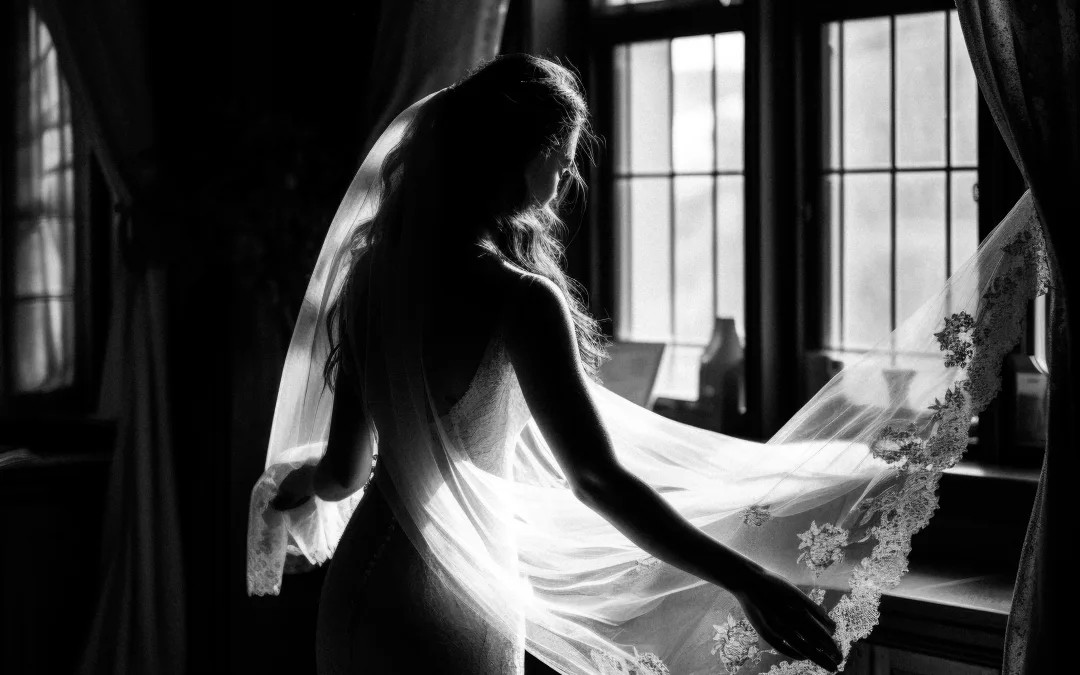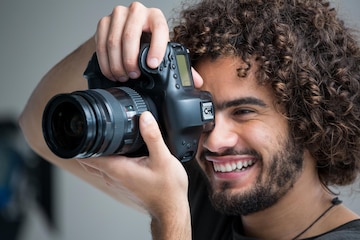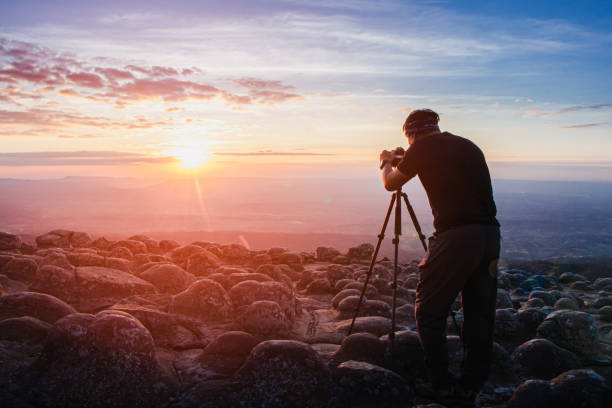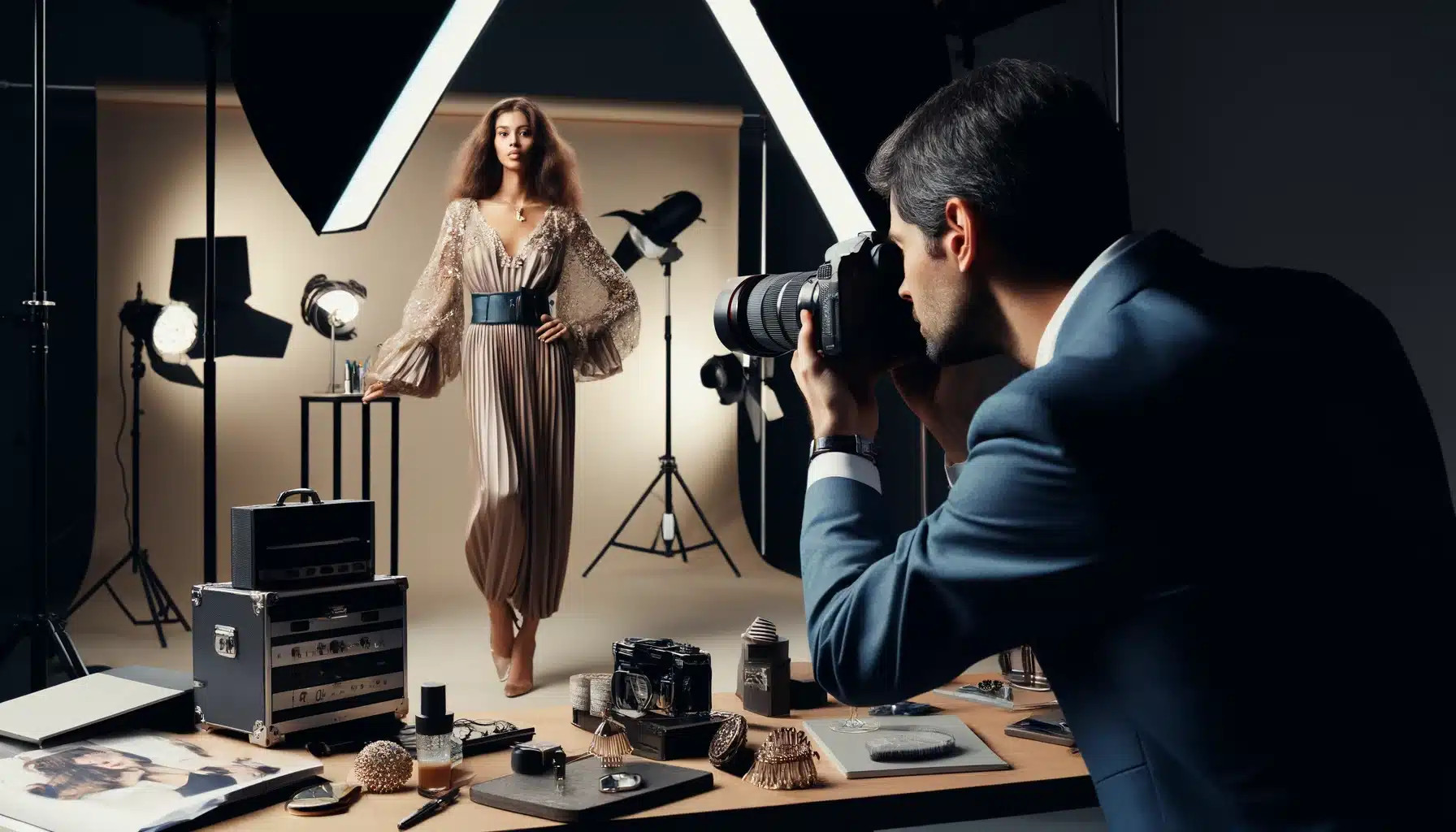Unveiling the Art of Capturing Moments: Advanced Photography Techniques and Trends

29-12-2024, 19:10 Admin 3 949 0
Unveiling the Art of Immortalizing Moments: Untapped Territories in Contemporary Photography and Current Trends
The beauty of photography lies in its ability to capture the ephemeral—turning fleeting moments into tangible memories. In today’s age of rapidly evolving technology, photography has transcended the confinements of traditional forms, entering into a realm that merges creativity with technological advancements. This piece explores the relatively uncharted territories in modern photography and discusses the current trends shaping this artistic domain.
The advent of High-Dynamic-Range (HDR) imaging has completely revolutionized the photography world. Contrary to taking a single photo, this technique stitches multiple shots taken at diverse exposures to achieve a final image with more vibrant contrasts and detailed elements. This technique is incredibly effective at capturing landscapes or scenes with uneven lighting, allowing photographers to present images closer to the human eye's perception.
360-degree photography is another phenomenon that has emerged from the technological boon. Once exclusive to professional photographers, it is now easily accessible to casual hobbyists, thanks to user-friendly devices like the Ricoh Theta Z1 51GB and Insta360 ONE R. 360-degree images capture the entirety of a scene, creating a virtual reality-esque snapshot of the moment. This not just amplifies the viewer's experience but additionally paves the way for interactive storytelling.
HDR and 360-degree photography's growing popularity demonstrate how technology catalyses the evolution of art forms. However, it's equally crucial to remember that at the heart of photography lies the art of seeing. A significant trend in current photography is the return to its roots—minimalism. Despite the tempting array of tech-tools available, many modern photographers are harnessing the power of simplicity, focusing on basic elements like lines, shapes, and colors. Displaying an economy of visual elements, minimalist photography emphasizes the subject in a more profound way, often leading to more impactful, timeless images.
The magic of time-lapse photography has been rediscovered in recent times. This technique captures multiple images over extended periods and condenses them into a few seconds of video—forming an “accelerated” view of slow changes in the scene. Applications of time-lapse photography are boundless, ranging from tracking urban growth to creating stunning nature documentaries.
Complementing these trends is the growing use of artificially intelligent algorithms to enhance the photographic process. AI-assisted cameras are becoming commonplace, offering features like object recognition, light optimization, and computational photography, which blends multiple photos to produce a perfect shot. A great example would be Google’s Night Sight mode, which employs AI to take spectacular low-light photos.
In conclusion, ever-evolving technology continues to transform the realm of photography, injecting it with a renewed sense of excitement and curiosity. However, the heart of truly compelling photography remains anchored in artistic vision, irrespective of the tools at the photographer's disposal. As we stride into the future, we can anticipate a medley of technology and creativity, each enhancing the other, democratizing the art of capturing moments.
The beauty of photography lies in its ability to capture the ephemeral—turning fleeting moments into tangible memories. In today’s age of rapidly evolving technology, photography has transcended the confinements of traditional forms, entering into a realm that merges creativity with technological advancements. This piece explores the relatively uncharted territories in modern photography and discusses the current trends shaping this artistic domain.
The advent of High-Dynamic-Range (HDR) imaging has completely revolutionized the photography world. Contrary to taking a single photo, this technique stitches multiple shots taken at diverse exposures to achieve a final image with more vibrant contrasts and detailed elements. This technique is incredibly effective at capturing landscapes or scenes with uneven lighting, allowing photographers to present images closer to the human eye's perception.
360-degree photography is another phenomenon that has emerged from the technological boon. Once exclusive to professional photographers, it is now easily accessible to casual hobbyists, thanks to user-friendly devices like the Ricoh Theta Z1 51GB and Insta360 ONE R. 360-degree images capture the entirety of a scene, creating a virtual reality-esque snapshot of the moment. This not just amplifies the viewer's experience but additionally paves the way for interactive storytelling.
HDR and 360-degree photography's growing popularity demonstrate how technology catalyses the evolution of art forms. However, it's equally crucial to remember that at the heart of photography lies the art of seeing. A significant trend in current photography is the return to its roots—minimalism. Despite the tempting array of tech-tools available, many modern photographers are harnessing the power of simplicity, focusing on basic elements like lines, shapes, and colors. Displaying an economy of visual elements, minimalist photography emphasizes the subject in a more profound way, often leading to more impactful, timeless images.
The magic of time-lapse photography has been rediscovered in recent times. This technique captures multiple images over extended periods and condenses them into a few seconds of video—forming an “accelerated” view of slow changes in the scene. Applications of time-lapse photography are boundless, ranging from tracking urban growth to creating stunning nature documentaries.
Complementing these trends is the growing use of artificially intelligent algorithms to enhance the photographic process. AI-assisted cameras are becoming commonplace, offering features like object recognition, light optimization, and computational photography, which blends multiple photos to produce a perfect shot. A great example would be Google’s Night Sight mode, which employs AI to take spectacular low-light photos.
In conclusion, ever-evolving technology continues to transform the realm of photography, injecting it with a renewed sense of excitement and curiosity. However, the heart of truly compelling photography remains anchored in artistic vision, irrespective of the tools at the photographer's disposal. As we stride into the future, we can anticipate a medley of technology and creativity, each enhancing the other, democratizing the art of capturing moments.
Related News
Leave a Comment


